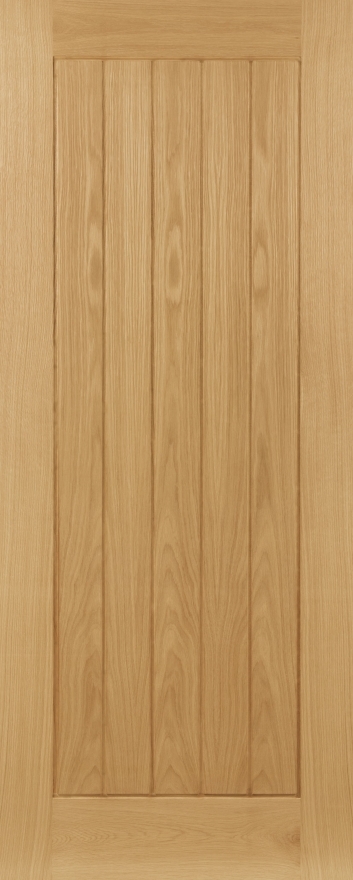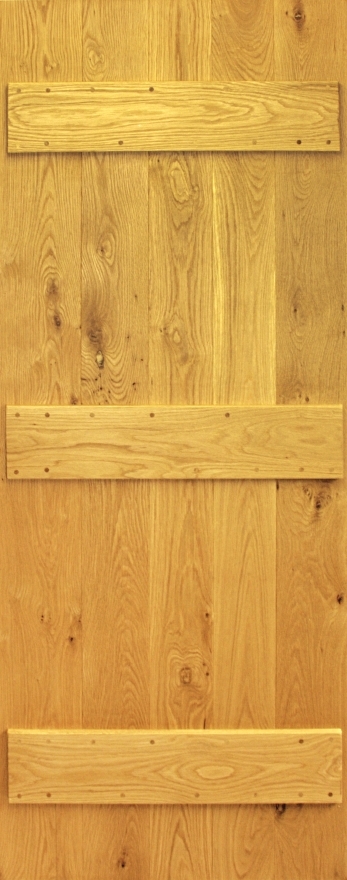Which Internal Doors Can Be Trimmed?
Key Takeaways
| Aspect | Details |
|---|---|
| Trimming Solid Wood Doors | Most unfinished solid wood doors like oak can be trimmed up to 6-12mm |
| Trimming Hollow Core Doors | Hollow core doors should may not be trimmed as it may expose the hollow interior |
| Lippings for Trimming | Doors with lippings around the edges allow for more trimming, up to 10-20mm |
| Trimming Fire Doors | Fire doors should only be trimmed no more than the manufacturers specifications to maintain fire rating |
| Glazed Door Trimming | Glazed doors can be trimmed but caution is needed to avoid damaging the glass |
Key Elements of Trimming Internal Doors
- Door material - solid wood vs hollow core
- Presence of lippings around door edges
- Fire rating considerations for trimming
- Amount that can safely be trimmed off
When installing internal doors, it's often necessary to trim them for a precise fit within the frame. However, not all doors are suitable for trimming. Understanding which doors can be cut to size is crucial for a successful installation.
Unfinished Solid Wood Doors
Most unfinished solid wood doors, such as oak internal doors, can withstand a moderate amount of trimming. Typically, these doors allow for 6-12mm to be shaved off without compromising their structural integrity.

The Ely Clear Glazed Unfinished Oak Door can be trimmed to fit
Hollow Core Doors
In contrast, hollow core doors may not be trimmed at all. Cutting into these doors might expose the hollow interior, weakening the structure and ruining the appearance. If a hollow core door doesn't fit, it's best to exchange it for one with the correct dimensions. Always checked the door manufacturers trim allowance.
Doors With Lippings
Some doors feature lippings - solid wood strips around the edges. Lippings provide extra leeway for trimming, often allowing removal of 10-20mm without issue. Always check the manufacturer's specifications for the maximum trimming allowance.

Lippings on the Belize Oak 1 Light Glazed Door allow for extra trimming
Trimming Fire Doors
Fire doors have strict regulations regarding trimming. To maintain their fire-resistant properties, these doors should only be trimmed by no more than the manufacturers specifications. Excessive trimming compromises the door's ability to withstand fire and heat.

The Ely Prefinished Oak Fire Door can only be trimmed minimally
Glazed Doors
Glazed internal doors present unique challenges when it comes to trimming. While the wooden portions can usually be cut to size, extra care must be taken to avoid damaging the glass. It's advisable to have a professional handle any necessary adjustments.

Trimming the DX30 1930's Style Oak Door requires caution around the glass panels
Barn Doors
Solid wood barn doors are generally thick enough to allow for trimming. However, due to their substantial weight, it's crucial to maintain enough bulk for structural support and hardware attachment.

The sturdy construction of Solid Oak Rustic Barn Doors allows for careful size adjustment
When trimming any door, remember to measure carefully and cut conservatively, and to always double check the door manufacturers trim allowance. It's always better to trim too little than too much. Proper tools, like a sharp plane or saw, and a steady hand are essential for a clean, precise cut.
In some cases, the door frame can be adjusted to accommodate an ill-fitting door. Replacing the door hinges with thicker or thinner versions can also alter the door's positioning within the frame.
By understanding which internal doors can be trimmed and following the appropriate techniques, you can ensure a well-fitted, functional, and attractive installation. If in doubt, consult with a door installation professional for guidance.










